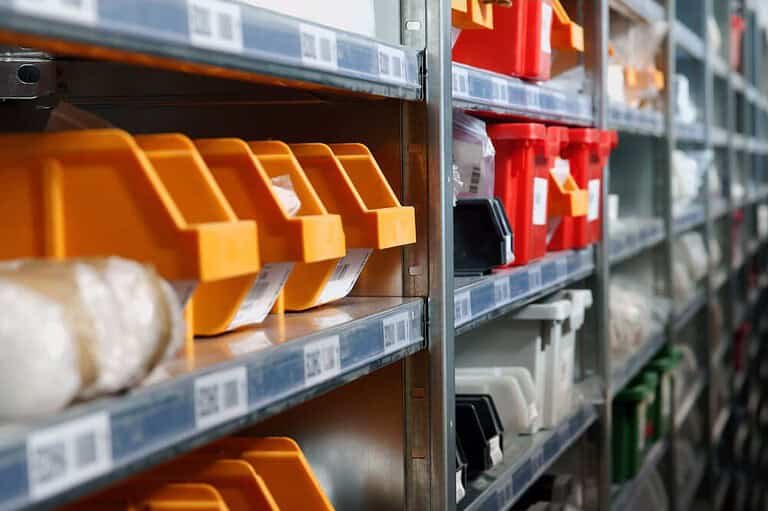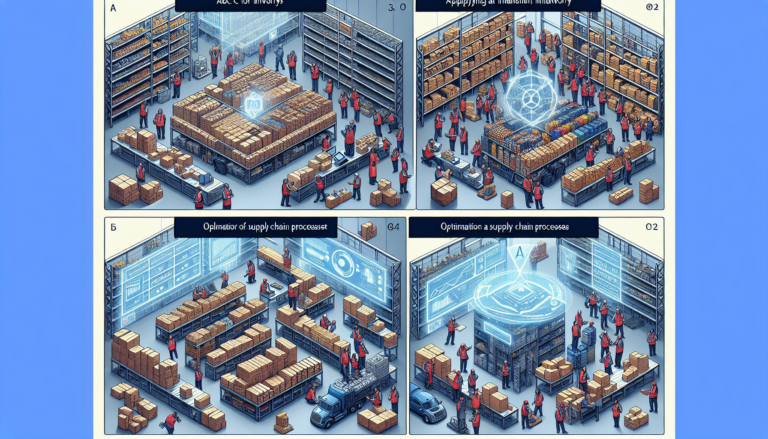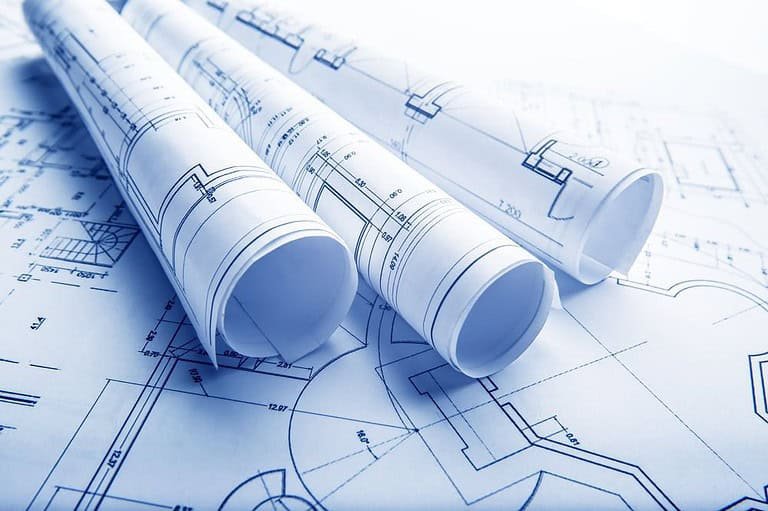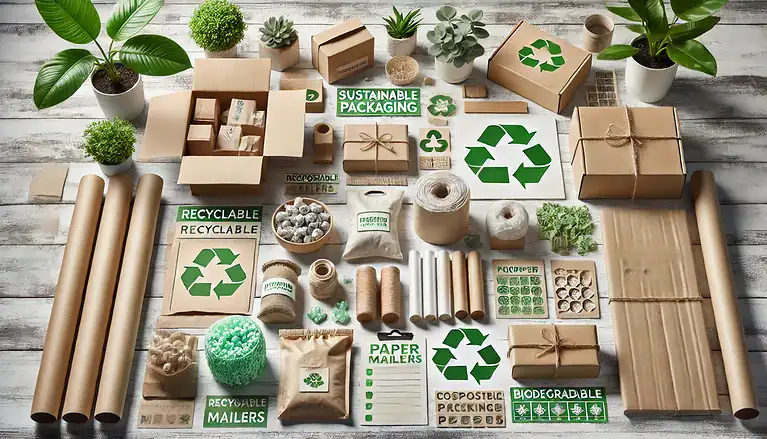Reduce Warehouse Costs: The Ultimate Guide for Success 2025
Everyone is looking to reduce warehouse costs, especially in our current economy. After surviving the Great Recession in 2008, we see ourselves as experts. We know how to reduce costs in all parts of warehousing. Let’s go!
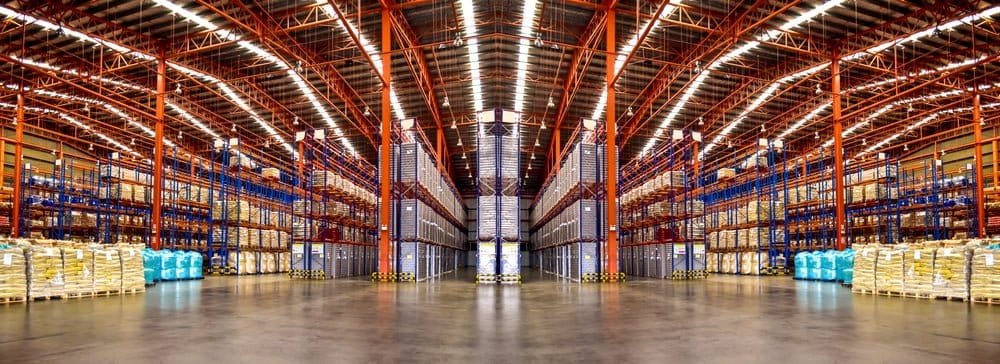
A smooth-running warehouse saves money. It drives growth and beats competition. It sets the stage for a thriving business. This guide will explain the latest cost-cutting methods. New technology and strategic insights make these methods clear.
We promise to cut costs. We will also strengthen your operations against tomorrow’s challenges. In each section, you will find useful information. It turns old ideas into a powerful plan for warehouse efficiency.
Implementing a Dynamic Warehouse Management System
Today’s warehouses are dynamic. A strong Warehouse Management System (WMS) is no longer a luxury but a necessity. Here’s how a WMS can revolutionize your inventory management and reduce costs:
A WMS provides real-time inventory tracking. It shows your inventory levels, location, and status. This eliminates guesswork and manual tracking, reducing the risk of stockouts, overstocking, and costly errors.
WMS helps optimize your warehouse layout. It guides placement based on product size, weight, and frequency of access. This reduces travel time for picking and put-away tasks, leading to higher efficiency and lower labor costs.
Data-Driven Decision Making: WMS provides helpful data and analytics on inventory movement. The data can inform purchasing decisions, optimize picking routes, and pinpoint areas for improvement in inventory management.
Mastery of Just-In-Time Inventory
The Just-in-Time (JIT) inventory approach focuses on getting inventory only as it’s needed. It’s needed for production or sales. Here’s how mastering JIT principles can benefit your warehouse operations:
You can reduce storage costs by maintaining a lower on-site inventory. This frees up warehouse space for other uses.
Holding less inventory reduces carrying costs. These costs include storage, insurance, and potential product obsolescence.
The JIT approach minimizes the capital tied up in inventory. This can improve your cash flow and financial flexibility.
By utilizing a dynamic WMS and adopting JIT principles, you can view all of your inventory. This will enable you to utilize warehouse space more efficiently and save a significant amount of money.

Revolutionizing Warehouse Layout and Operations
Warehouse layout and operations play a critical role in controlling costs. This section explores advanced strategies for using warehouse floor space and storage. It covers the art and science of warehouse slotting for peak efficiency.
Advanced strategies for optimizing warehouse floor space and storage
Maximizing your warehouse footprint is essential for cost-effective operations. Here are some advanced strategies to optimize your warehouse space and storage:
High-bay racking systems utilize vertical space effectively. You can also use mezzanines or vertical carousels. This allows you to store more inventory in the same space. It reduces the need for more square footage.
Analyzing product movement data can optimize put-away and picking locations. Often-accessed items should be stored closer to the picking zones, while less-accessed items can be stored higher or in more remote locations.
Optimize aisle width. Base it on the equipment used and picking methods. Narrow aisles have special equipment. They can create more storage space. But you should weigh the trade-off between efficiency and maneuverability.
The art and science of warehouse slotting for peak efficiency
Slotting refers to the strategic placement of inventory within your warehouse. Mastering slotting improves efficiency and cuts costs.
Demand-Based Slotting: Place high-demand items in easily accessible locations closest to picking zones. This minimizes pickers’ travel time and improves order fulfillment speed.
Consider weight and size when allocating storage locations to ensure optimal efficiency. For safety and ergonomics, store heavy items on lower shelves. Bulky items may need special storage.
Store compatible items together. This will help with efficient picking of bundled orders. Additionally, seasonal fluctuations in demand should be taken into account when slotting inventory.
To create a streamlined warehouse, use advanced space optimization strategies. Master the art of warehouse slotting. Doing this minimizes wasted space, maximizes storage capacity, and cuts operational costs.

Technology and Innovation in Warehouse Management
The warehousing industry is undergoing a technological revolution. This section explores how AI and automation can cut labor costs. They do this when combined with IoT and smart devices. It can also cut errors. And it can boost inventory accuracy and security in your warehouse.
Integrating AI and Automation Technologies
AI and automation are transforming warehouse operations.
AS/RS uses robots and computers. They store and retrieve inventory. They cut reliance on manual labor, improved efficiency, and reduced picking errors.
AI can optimize picking routes, suggest product substitutions, and direct robots to perform the picking tasks. This results in faster order processing and lower labor costs.
Predictive Maintenance uses AI algorithms. These algorithms analyze sensor data from equipment to predict maintenance needs, preventing downtime and its costs.
Employing IoT and Smart Devices
The Internet of Things (IoT) and smart devices are revolutionizing inventory management:
Real-time inventory tracking is possible with IoT sensors attached to inventory. They can provide real-time location and status updates. This improves inventory accuracy and cuts the risk of stockouts or overstocking.
Pickers can utilize smart glasses or wearable devices. They use them to access picking instructions. They also scan barcodes to improve picking accuracy and speed.
Security has been improved. IoT sensors and smart cameras can be used to monitor the warehouse. They can deter theft and improve security.
By using AI, automation, IoT, and smart devices, you can streamline warehouse operations. You can reduce reliance on manual labor and minimize errors. You can also enhance inventory accuracy and security. All of this will result in significant cost savings.
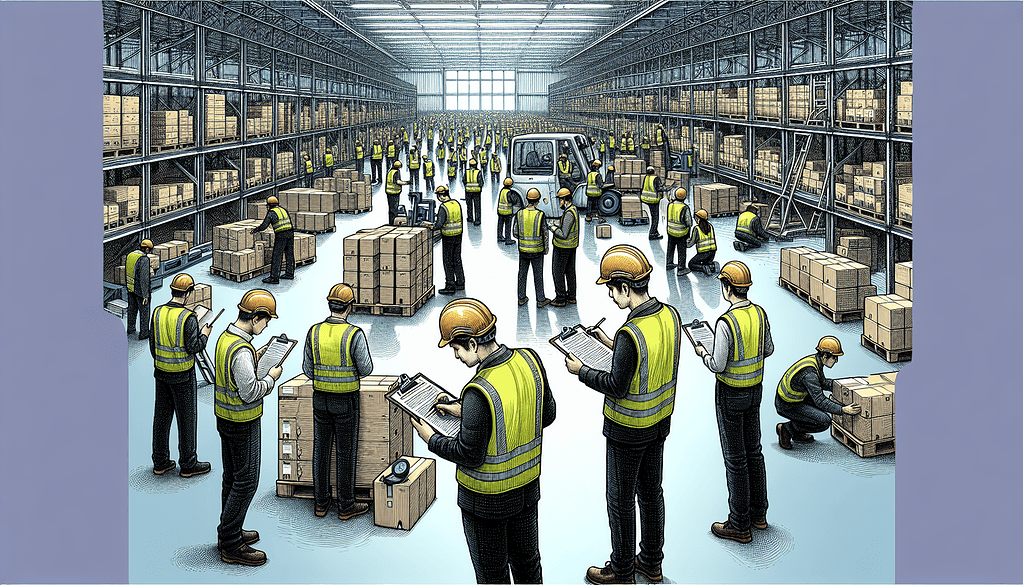
Human Resources: Investing in People
Technology is vital. But a good human resources strategy is equally important. It is key to reducing costs in warehousing.
This section examines how investing in employee retention can foster a culture of excellence. It covers training, safety, and ergonomics. It can also reduce costs from turnover, injuries, and absenteeism.
Investing in Employee Retention and Training
A motivated and well-trained workforce is essential for efficient and cost-effective warehouse operations:
Competitive wages and benefits attract and retain top talent, while also reducing the costs associated with recruiting and training new employees.
Invest in full training programs. They cover topics such as warehouse safety, equipment use, inventory best practices, and customer service. Employees who are well-trained are more productive. They also make fewer errors and are less likely to be injured.
Implementing Safety and Ergonomics
A safe and ergonomic work setting is not just an ethical duty. It’s also a smart business choice.
Safety Programs and Equipment: Use strong safety programs. Provide personal protective equipment (PPE). Also, do regular safety inspections. These steps cut the risk of workplace injuries.
We test workstations and tasks for ergonomic risks. We install solutions like adjustable workstations, lifting aids, and proper lifting techniques. These prevent musculoskeletal disorders (MSDs) and reduce absenteeism.
Invest in your workforce. Foster a positive culture. Rank safety and ergonomics. Doing this can create a more productive and engaged work environment. This will reduce the costs associated with employee turnover, injuries, and absenteeism.
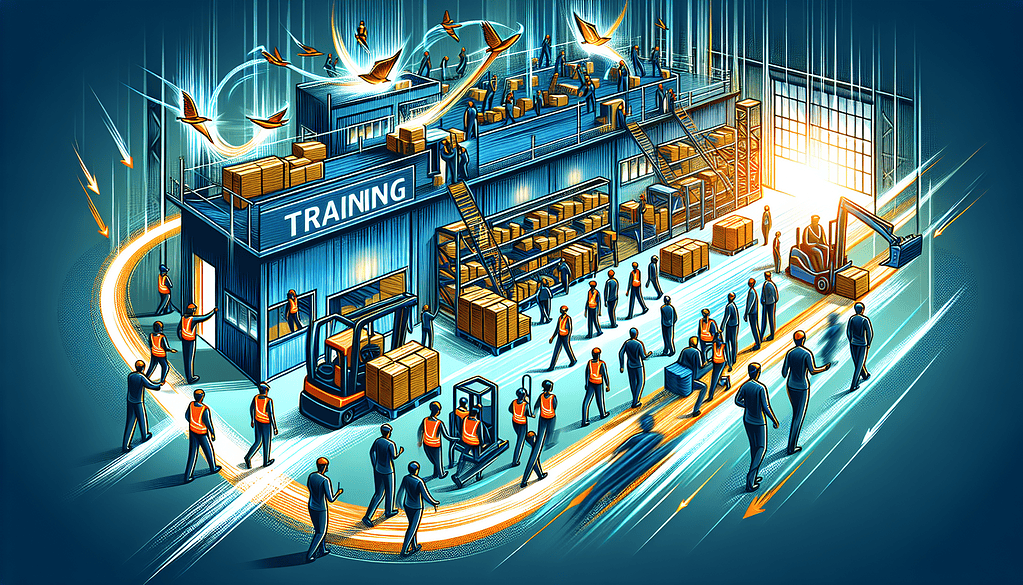
Sustainable Practices for Long-Term Savings
Sustainable warehouse practices are good for the environment. They can also lead to big cost savings in the long run. This section explores energy conservation techniques. It covers the role of natural lighting. It explains how using green practices can cut costs.
Energy conservation techniques
Energy consumption is a major cost factor in warehouse operations. Here are some strategies to consider:
Optimize warehouse lighting. Use efficient LED lights. Maximize natural light with skylights or windows. This reduces the need for artificial light.
Warehouse Automation and Smart Systems can cut energy use. This is generated by automated equipment and smart building systems. They achieve this by adjusting lighting, heating, and cooling according to occupancy and environmental conditions.
Sustainable Material Handling Equipment can help. It can cut reliance on fossil fuels and limit emissions. Consider electric or hybrid forklifts and other material-handling equipment.
Sustainable Warehousing: Green Best Practices
Here are some more ways sustainable practices can contribute to cost savings:
Waste Reduction and Recycling: Implement programs to reduce waste and recycle. This will reduce waste disposal costs and potentially generate revenue from recycled materials.
Sustainable Packaging: Use eco-friendly packaging materials. They can be recycled or composted to cut environmental impact. This may also lower packaging costs.
We can optimize transportation. We can do this by combining shipments and using route optimization software. We can also explore electric trucks and other options. These changes will cut fuel use and costs.
By using these sustainable practices, you can cut your environmental footprint. You can also save money by using less energy. You can also save on waste fees. And maybe on transportation. Sustainable warehousing is a win-win for both the environment and your bottom line.

Lean Principles and Continuous Improvement
Warehouse efficiency is an ongoing journey. This section explores how using lean methods and embracing kaizen can help you. Kaizen is a philosophy of continuous improvement. It can help you cut costs, and improve quality in your warehouse.
Applying lean methodologies to streamline operations
Lean principles focus on cutting waste. They also focus on boosting value in every step of the warehouse process. Here’s how to implement lean methodologies:
Value Stream Mapping involves identifying and mapping all the steps in your core warehouse processes. It focuses on eliminating non-value-added activities that cause waste and inefficiency.
Eliminate waste and fix common warehouse storage and picking inefficiencies. These include unnecessary movement, waiting, overproduction, and defects.
We must standardize. We will establish standard work procedures for key warehouse tasks, ensuring consistency and efficiency.
Embracing kaizen for ongoing cost and quality enhancement
Kaizen, a Japanese philosophy, emphasizes continuous improvement through small, incremental changes. Here’s how to embrace kaizen in your warehouse:
Empowering Employees: Empower your staff to find areas for improvement. Encourage them to suggest and make changes. These changes can improve efficiency and quality.
Regular Review and Analysis: Review warehouse data often. Conduct audits to evaluate performance. Analyze employee feedback to identify additional opportunities for improvement.
Continuous Learning and Adaptation: Foster a culture of continuous learning within your team. Encourage participation in training programs. They help you stay updated on best practices and new technologies. These can further streamline operations.
By applying lean principles and embracing kaizen, you can cultivate a culture of continuous improvement in your warehouse. This will make your operations more efficient. It will also lower costs and improve quality.
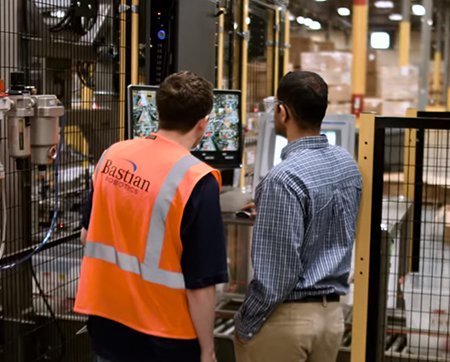
Reduce Warehouse Costs
Effective warehouse cost management requires a strong understanding of your financial picture. This section explores how to decode the financial aspects of warehouse costs. It also covers the strategic role of benchmarking in effectively cutting costs.
Decoding the financial aspects of warehouse costs
Warehouse costs encompass a range of aspects of your operation. Here’s a breakdown of key cost categories:
This includes rent or lease payments for the warehouse space. It also includes utilities, insurance, and property taxes.
Labor costs are a significant portion of overall expenses. They include wages, salaries, and benefits for your warehouse workforce.
Inventory carrying costs refer to the expenses incurred for holding inventory. They include storage space, insurance, and the risk of obsolescence.
Equipment costs include purchasing, maintaining, and repairing warehouse equipment. This equipment includes forklifts, conveyor belts, and storage racks.
The strategic role of benchmarking in cost management
Benchmarking involves comparing your warehouse’s metrics to industry standards or those of leading competitors. Here’s how benchmarking can be a valuable tool:
Finding Areas for Improvement: Benchmarking can help identify areas where your warehouse costs exceed the industry average. It lets you target specific areas for improvement.
Set performance goals using industry benchmarks. Make them realistic and achievable. Base them on efficiency, cost reduction, and quality.
Stay Competitive. Continuously compare your performance. This will ensure your warehouse remains competitive in terms of costs and operations.
You must understand your financial landscape. You must strategically use benchmarking tools. These factors are crucial for effectively managing warehouse costs. You can make informed decisions by learning about finance and using data insights. These decisions will help reduce costs and increase profits in your warehouse.

Future Forecast: Innovations Shaping Warehouse Costs
The warehousing industry is constantly evolving. This section explores upcoming trends and breakthroughs. They will shape warehouse costs in the future. It also covers strategies to stay ahead in cost efficiency.
Upcoming trends and technological breakthroughs in warehouse management
Several trends will significantly impact warehouse costs in the coming years:
Warehouse Automation will see more robots. It will also see more AS/RS and AGVs. They will automate tasks more, boost efficiency, and cut labor costs.
Warehouse Management Systems (WMS) with AI Integration are advanced. They are integrated with artificial intelligence (AI). They will offer predictive analytics, real-time optimization, and better demand forecasting. They will reduce inventory holding costs and use space more efficiently.
The Internet of Things (IoT) and Big Data will create Big Data. Sensor-equipped devices will generate lots of data. This data can be analyzed to optimize warehouses. It can also predict maintenance needs and prevent downtime. These things all reduce costs.
The Rise of E-Commerce Fulfillment: E-commerce will keep booming. It will drive demand for faster, better fulfillment. Warehouses must adapt. They need to use technology. It supports faster order picking, accurate inventory tracking, and efficient last-mile delivery.
Preparing for the future: Strategies to stay ahead
To stay ahead of the curve and optimize costs in the future, consider these strategies:
Invest in innovation. Embrace emerging innovations and integrate them seamlessly. It should streamline operations, boost efficiency, and cut costs.
Develop a future-proof workforce. Invest in training and upskilling your workers. This will prepare them to work with automation and new technology.
Embrace agility and adaptability. Be ready to adapt your warehouse. Do so as new tech and customer demands emerge. A flexible and agile approach will be crucial for long-term success.
Stay informed about upcoming trends, embrace innovation, and prepare your workforce. This will ensure your warehouse is ready to use future advancements and keep costs low in the ever-changing warehousing world.

Conclusion
This blog series has covered many strategies and best practices. They help you cut costs in your warehouse. Here’s a quick recap of the key takeaways:
A holistic approach is key. To manage costs well, it must cover inventory and warehouse layout. It must also cover operations, tech, people, and sustainability.
Embrace continuous improvement: Warehouse efficiency is an ongoing journey. You can use lean principles and kaizen, as well as data to make decisions. This will improve your operations and cut costs.
Invest in your people. A skilled, motivated, and safety-minded workforce is vital for efficient and low-cost warehouse operations.
Technology is your ally. Use warehouse management systems, automation, IoT devices, and other tech to streamline processes. They will improve accuracy and cut costs.
Sustainability matters. Sustainable warehousing helps the environment and can save much money in the long run.
The future is bright: The warehousing industry is undergoing a technological revolution. By embracing innovation and preparing for the future. You can ensure your warehouse stays competitive and cost-efficient for years.

